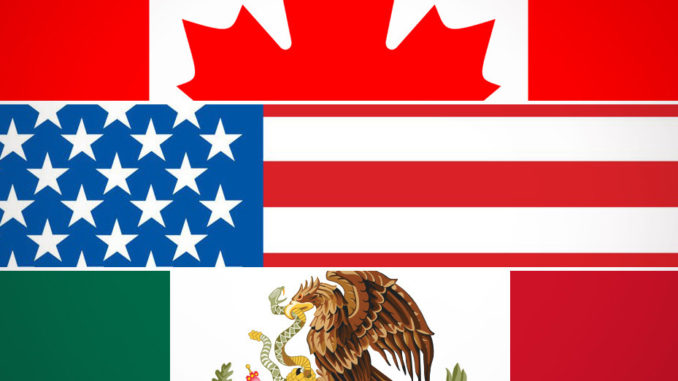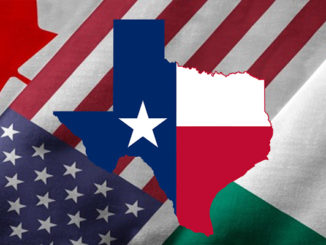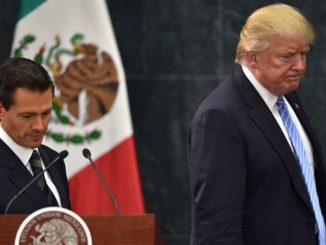
The North American Free Trade Agreement (NAFTA), which was initiated during the Republican administration of George H.W. Bush and completed during the Democrat administration of Bill Clinton, has been studied intensively since it went into effect in 1994. Although an objective review of the literature suggests that NAFTA’s overall effects have been small but positive for both Mexico and the United States, Donald Trump has called it the “worst trade agreement ever.” Others have claimed that NAFTA benefits Mexico at the expense of the United States. This brief revisits the evidence surrounding NAFTA, in particular, and free trade agreements, in general.
EMPLOYMENT EFFECTS OF TRADE
Actual Costs and Benefits versus Popular Perceptions
But doesn’t trade explain why families are poor in the first place? Doesn’t importing lower-cost products cost jobs at home and lower incomes? There are definitely some examples of these adverse effects. Several mainstream academics have produced empirical evidence suggesting that imports are associated with job losses. However, these effects are extremely localized and tend to affect less-educated workers in especially hard-hit areas (e.g. Detroit) and industries (e.g. apparel). Even under the assumption that these effects are entirely due to trade, the number of workers who have been adversely affected is in the thousands while the number of people who benefit from trade runs in the millions. The overall benefits of trade outweigh the costs.
Furthermore, exports are unambiguously associated with job gains. Overall in 2015, 11.5 million US jobs were dependent on export trade. Of those jobs, Texas, California, Washington, Illinois, and New York benefited the most with 2.8 million jobs, or 41% of jobs related to goods exports (not including service exports).
MEXICO AS PARTNER
The most accurate way to think of the NAFTA economic area is as one combined market.
Mexico is one of the United States’ most important trading partners. In 2015, total exports to Mexico accounted for 11.8% of overall US exports and total imports from Mexico accounted for 11.5% of overall US imports.
The total value of trade between Mexico and the United States exceeded half a trillion dollars, and Mexico was the second largest market for US good exports. (Our other neighbor and NAFTA trading partner—Canada—was first.)
Trade with Mexico is especially important for Texas. The automobile sector in particular in Texas is very closely integrated with production in Mexico. Parts made in the United States are shipped to Mexico for assembly (often into more aggregated parts) and returned to the United States for additional processing by working Texans. As a result, the most accurate way to think of the NAFTA economic area is as one integrated economy rather than three separate ones. That is, rather than thinking of Mexico as a competitor, we should think of Mexico as a partner in our national production process.
My own research supports this idea. Comparing the changes in employment in Mexico and the United States over time and across different manufacturing industries, the data show that when employment expands in the United States, it also expands in Mexico, and when it contracts in the United States, it also contracts in Mexico. In other words, Mexican and US workers are complements and not substitutes in production. The anecdotal evidence we observe in particular industries, such as the automotive industry, indicates that the strong connections between US and Mexican employment are because they are part of the same production process.
You can read and download full report:
NAFTA Intellect Disconnect: Actual Costs and Benefits versus Popular Perceptions by Latinos Ready To Vote



